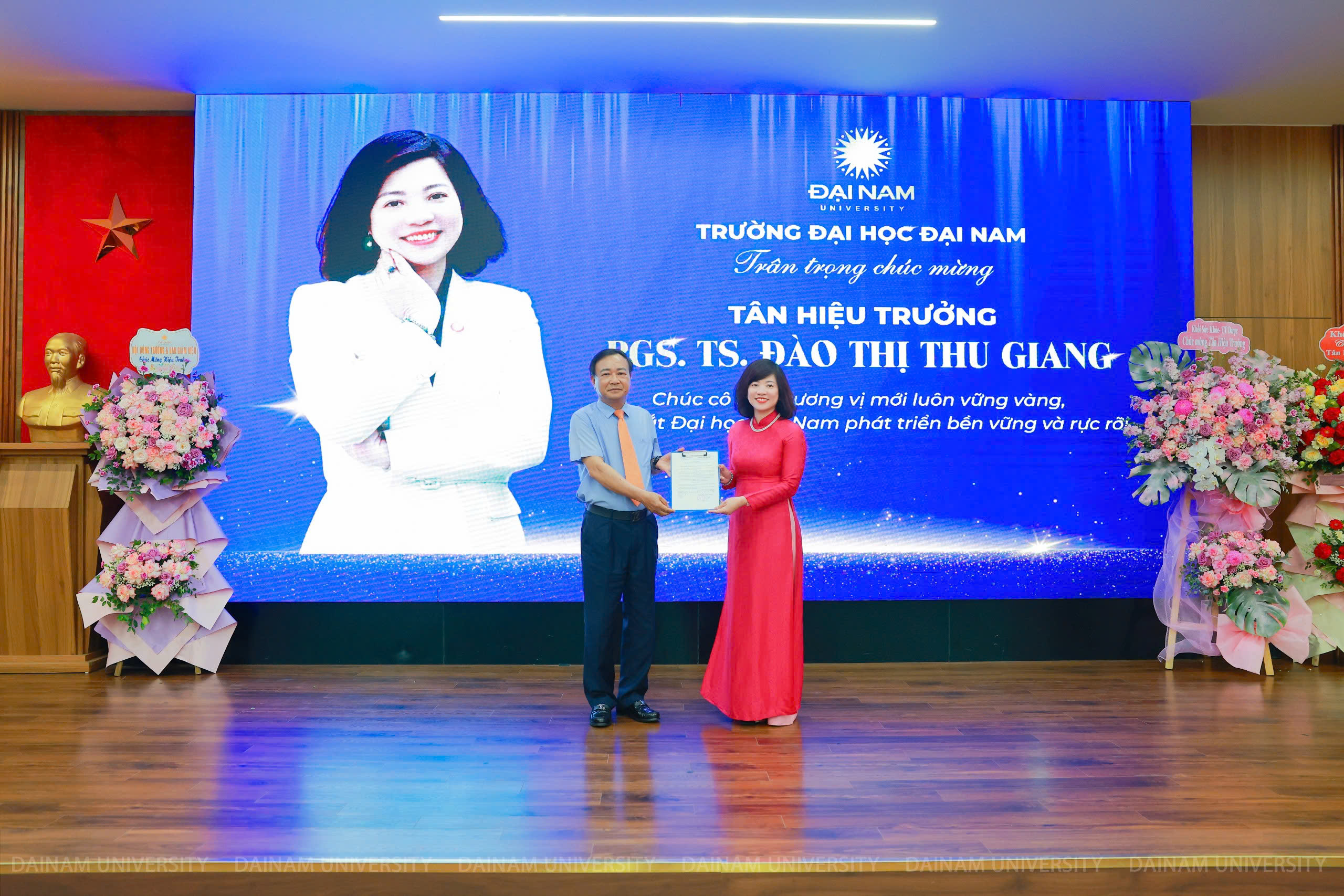Sports economics and impressive numbers

In recent years, modern sports have begun to intersect with the economic field, forming the “Economics of Social Problems” (Sharp, Register and Grime, 1980). Sports management today must mobilize assets and capital to do profitable business.
Since the mass media, especially television, have attracted large audiences, they have become very important partners for sports because they bring many political and economic benefits. This development is not only related to professional sports such as Football, Basketball, Baseball, Hockey, Table Tennis or Motor Racing, but also to major sporting events such as the Olympics.
In the world, the sports economy in many countries has truly become a massive machine, creating jobs, profits, and income that contributes significant tax revenue to the national budget. For example, in the US, the sports economy accounts for more than 2.4% of GDP (in 2018); in China, the world's largest producer of sports goods, since 2011, the added value of the country's sports enterprises has exceeded 300 billion yuan, accounting for 1.2% of GDP.

In the 2023 school year, Dai Nam University will enroll students in the Sports Management major - Sports Economics and Marketing major, meeting the learning needs of young people who are passionate about sports.
In the Russian Federation, by 2015, more than 42 million people participated in sports training. In 2011, Russia invested 1.3 billion dollars in sports development. Russia's current sports infrastructure includes: 123,100 training grounds; 68,600 gyms; 3,800 water facilities; 2,700 stadiums; 3,100 ski resorts and 8,100 shooting ranges. Sports infrastructure has increased by more than 5,300 sports facilities since 2007. Such strong development of technical facilities comes from the country's correct strategy and planning for economic development of sports and physical training.
According to statistics from experts in the economic field, the GDP growth of Brazil, Russia, India and China has been more than 4% per year since 2000. China and India are the two most dynamic countries, with 8% and 12% annual GDP growth. With the development of the economy, sports activities are also getting more attention.
Since 2000, Russia's sports spending has increased by more than 53% annually, while in China it has increased by 20% (due to hosting the 2008 Summer Olympics), India by 17% and Brazil by 7%. This investment increases year on year due to hosting major sporting events.
In preparation for the 2006 World Cup, Germany increased its investment in sports. Since 2000, the country's sports industry has grown at an annual rate of 5%. In particular, sports advertising and marketing in Germany is very strong, built on a strong network of local and private sponsors.
Rugby and Football are the two most developed sports in the UK. They are also the two sports that bring in the most revenue for the UK sports industry. Since 2000, the UK sports industry has grown by 6% annually.

A team of highly qualified and experienced lecturers from the Faculty of Sports Economics and Marketing, Dai Nam University.
The US sports industry is largely based on revenue from sports such as: Football (NFL), Baseball (MLB), Basketball (NBA) and Hockey (NHL). Annual revenue from the US sports industry is more than 15 billion Euros (23 billion USD). The majority of this revenue comes from sports media and sponsorship.
Singapore and the potential for sports economic development
Recognizing the strong growth potential in the sports industry, the Singapore Government has provided a lot of support to sports companies to develop the sports economy.
According to a recent report by the Global Entertainment and Media Group, from 2005 to 2009, the global sports economy generated revenue of approximately S$125.9 billion (equivalent to US$82.8 billion) in 2004, increasing to S$168.9 billion (equivalent to US$111.1 billion) in 2009. In the Asia-Pacific region alone, revenue generated was S$19.3 billion (equivalent to US$12.7 billion) in 2004 and increasing to S$25.8 billion (equivalent to US$17 billion) in 2009.
The recent appearance of Asian athletes such as basketball star Yao Ming and soccer star Park Ji Sung in live television events has had a major impact on promoting the growth of sports media as well as the Asian sports industry in general and Singapore in particular. The 2008 Summer Olympic Games held in Beijing also increased television programming, from which revenue from television rights, licensing fees for items have brought great benefits to the sports industry in the region.
With the completion of the S$800 million (US$526.3 million) new multi-purpose sports complex in Kallang in 2014, Singapore has become one of the countries with the most developed sports industry in the Asian region. According to a report in 2009, the sports industry in Singapore created jobs for about 14,000 people and generated profits of S$1 billion (US$0.7 billion). By 2015, the Singapore sports industry is expected to be able to create jobs for 20,000 people and contribute about S$2 billion (US$1.4 billion).
China achieves large output value in sports economy
With the establishment of the market mechanism, China's sports industry has developed rapidly and is playing an increasingly important role in the national economy. As stated in the Annual Report on the Development of China's Sports Industry (2008/2009), the output value of the industry in 2007 reached 300 billion yuan (RMB), accounting for about 0.7% of the gross domestic product (GDP).
Currently, the growth rate of China's sports industry is often maintained at a growth rate of over 16%, and China has also become the country with the largest sports industry in the world in terms of manufacturing sports goods and equipment.
In recent years, the total output value of the sports goods industry has increased by about 50 billion yuan a year. Some Chinese sports products have been branded by famous Chinese athletes with world gold medals such as: Li Ning (Gymnastics) and Deng Yaping (Table Tennis). According to experts, it is expected that by 2020, the profit of the Chinese sports industry will reach 2 trillion yuan.

US - Boosting Sports Economy From Streaming Revenue
In late 1961, the U.S. Congress passed the Sports Broadcasting Act, which authorized the transfer of commercial broadcasting rights for professional sports programs with the purpose of allowing the negotiation of the sale of national broadcasting rights as a single economic unit. This has so far brought huge profits to the country.
The National Football League (NFL) splits ticket sales or admission revenue 60% to the home team and 40% to the away team. Major League Baseball (MLB) splits about 80-90% to the home team and 10-20% to the away team. Basketball and hockey leagues allow the home team to keep all admission revenue. Depending on the individual contract, the owner of a stadium or venue or an outside contractor may keep all revenue or split it with the lessee.
Historically, CBS purchased exclusive rights to broadcast the NFL for $4.6 million a year. Two years later, ratings had increased by 50%, so the bidding among the three networks became even more fierce, and CBS finally agreed to increase the purchase price by 300%, or $14 million, for the next two years. Thirty-six years later, the price of NFL television rights has increased significantly.
All of the NFL’s television money is split evenly among the teams, averaging $73.3 million a year. That’s a much higher percentage than MLB teams. That’s because of the league’s TV deals, not the $11 million per team. About 65 percent of NFL team revenue comes from TV rights.

In addition, professional sports franchises generate additional revenue through contracts with local television networks based on the revenue-per-view model. Current trends indicate that revenue from revenue-per-view will continue to increase over the next few years. Revenue from this model increased from $435 million in 1991 to $1.1 billion in 1996 and $3 billion in 2000.
Over the next 10 years, media revenues, in particular, will increase as we reach what currently seems an unimaginable position. The main reason is the consolidation of media and entertainment companies and the diversity of viewer tastes, which will make more sports programming./.
3 admission methods for Sports Management (major in Sports Economics & Marketing):
+ Method 1: Use the results of 03 subjects from the high school graduation exam results according to the registered combination for admission consideration.
+ Method 2: Use the results of 03 subjects from the 12th grade high school study results according to the registered combination for admission consideration. Quality assurance threshold: According to the annual admission plan of Dai Nam University.
- Admission group:
- A00: Math - Physics - Chemistry.
- C03: Literature - Math - History.
- C14: Literature - Math - Civic Education.
- D10: Math - Geography - English.
+ Method 3: Direct admission with the condition that candidates have graduated from high school and are national team athletes with achievements in domestic and international sports competitions, with athlete level (CI athlete, National Master of Sports) confirmed by competent agencies under the Ministry of Culture, Sports and Tourism - admission is conducted according to the instructions and regulations of the Ministry of Education and Training, Ministry of Culture, Sports and Tourism.
>>> REGISTER FOR ADMISSION HERE
Contact:
Fanpage: Dai Nam University, Dai Nam University Admissions Fanpage.
Zalo/ Hotlines: 0931595599 - 0961595599 - 0971595599
Register for admission consultation 2025
scholarships and tuition support worth up to 55 billion VND

scholarships and tuition support worth up to 55 billion VND






